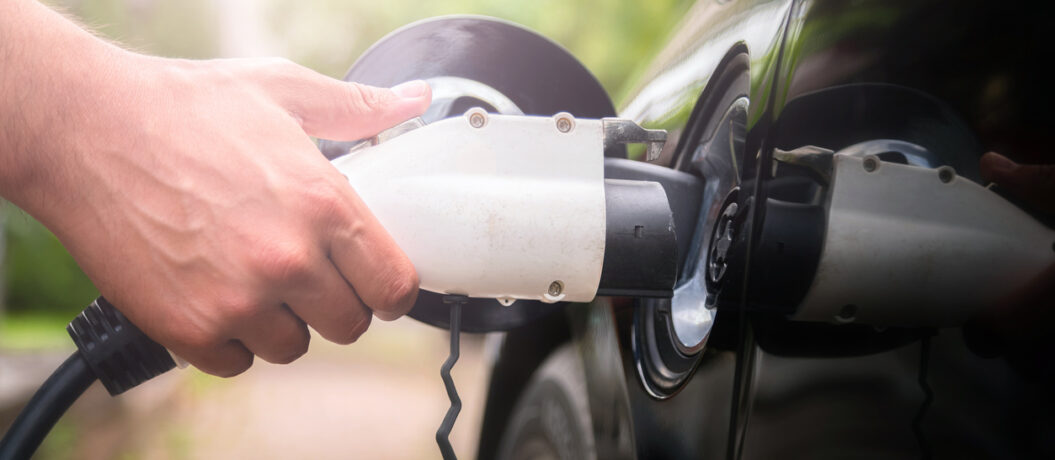The UK’s ban on new diesel and petrol cars and switch to electric vehicles (EVs) have been the talk of the industry, but local authority fleets remain unprepared. These fleets typically include vehicles used for parking or environmental wardens, maintenance, refuse collection, or social services. Out of all these fleets across the UK, only 4 per cent of them have been electrified.
Fleets have also shown a lack of planning as well. A recent report revealed only 46 per cent of authorities do not have a target date set. With the switch happening at the end of this decade, why are authorities not planning their electrification? The reasoning remains the same: lack of knowledge, awareness, and investment in vehicles and infrastructure.
With local authorities investing in EV programs with taxpayer money, many feel pressured to ensure they efficiently incorporate EVs but have no clue where to start.
How to Start an EV Program
Fleets should not have to waste time and taxpayer money with an inefficient EV plan, so to ensure fleets plan for a successful EV program, fleets should apply the following framework:
Assemble the Right Stakeholders
A successful EV program requires stakeholders from across different teams, including representatives from the fleet team, facilities team, and property management team. Each group provides a unique perspective that ensures long-term success across the entire organisation.
Choose the Right Electric Vehicle Chargers
Every fleet is unique, with different goals and requirements- meaning the EV charging station that works for one fleet may not work for another. For example, a motor pool may require a charger that supports fast charging for multiple vehicles, while vehicles outside the motor pool do not.
Fleets need to research the right charging station that meets their fleet’s electrification goals.
Provide Driver Training
Drivers may feel uneasy with newer technology. A proven strategy to reduce anxiety around electric vehicles is to offer adequate training. Organisations should invest the time to train drivers on electric vehicle technology and best charging practices.
Focus on Power
The power used through a fleet’s property- in buildings, light fixtures, etc. – should be analysed to estimate what additional charging stations and electric vehicles could mean for the electricity supply.
Upgrade Electrical as Needed
After determining the amount of power necessary to support an EV fleet, fleets can make any upgrades to the current electrical setup. Depending on the required upgrades, this step can take a long time as it may require permitting and construction.
Install Charging Hardware
Once electrical upgrades are complete, charging stations can get installed. There are many different charging stations available. Fleets should install the ones that suit their unique operational and electrification goals. The charger hardware should come from an experienced software vendor to help with the installation process.












